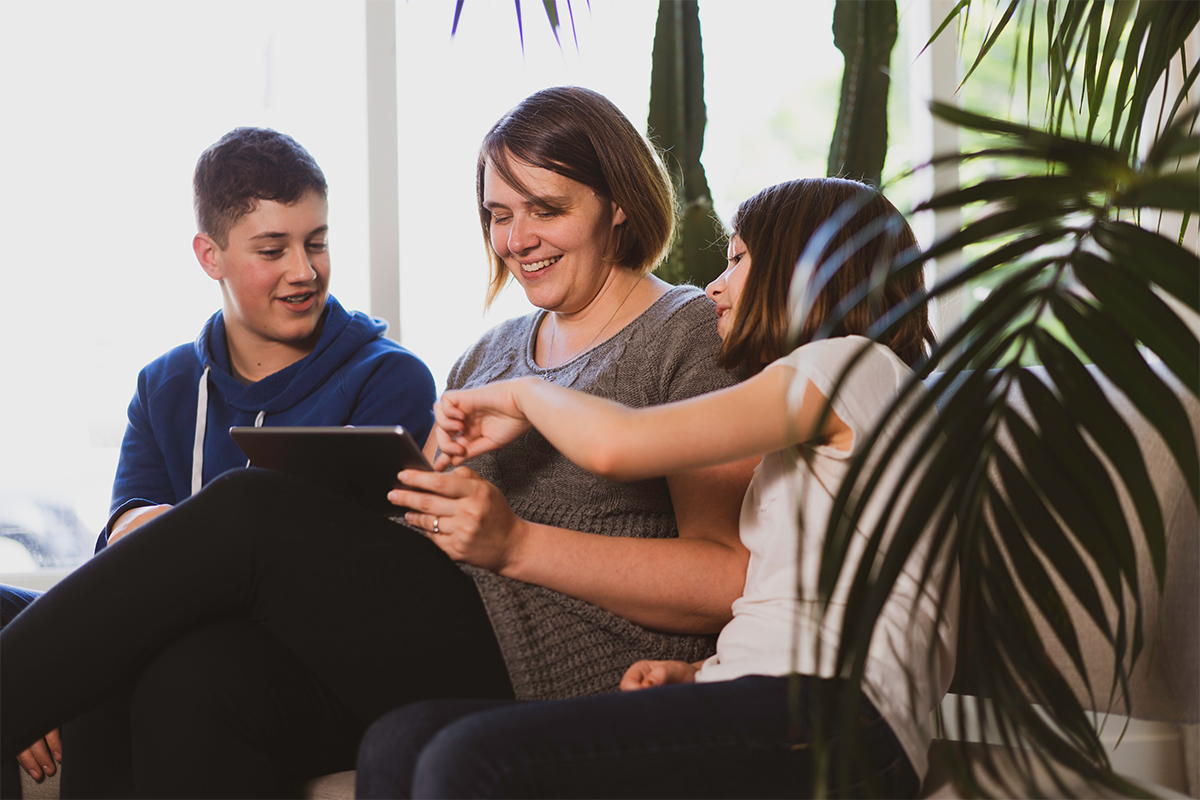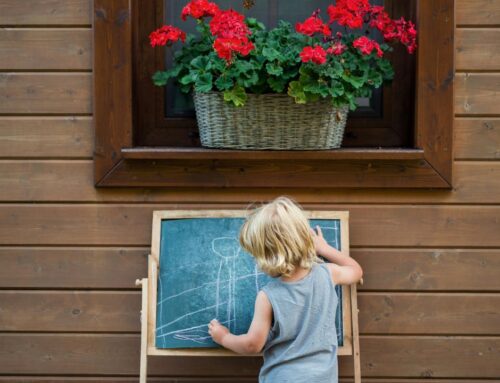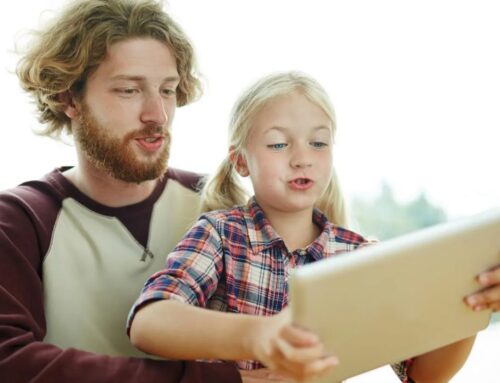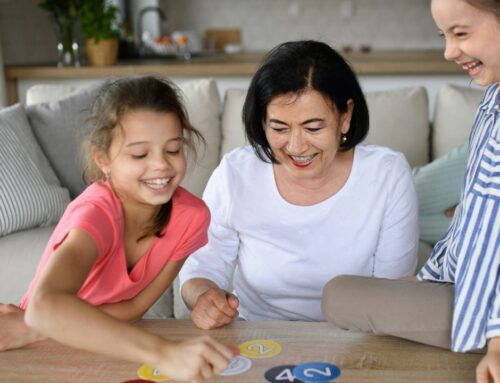The temporary loss of in-person schools that have served as combined educator, caregiver and social connectors to reduce the spread of COVID-19 forces us to consider how we will fill important gaps in our lives and in those of our children – quickly.
With in-school classes suspended for the foreseeable future because of COVID-19, many parents, teachers and students in British Columbia are navigating new ways of keeping kids learning while maintaining the provincial and federal governments directives for social distancing.
With parents and children now spending their days at home together, we have the perfect opportunity to change our basic ideas about learning and schooling in the Age of Technology.
The logistics of moving a school online is not at all simple, especially if the aim is to replicate a standard brick-and-mortar classroom environment in a virtual environment. Any educator will tell you that classroom management is a challenge at the best of times. Plunking a child in front of a computer for five hours a day and expecting them to remain engaged in learning is unlikely to lead to hoped-for results.
Online schools with the greatest student success do not operate in that manner. Rather, these schools are based on educational models that use technology as a tool to enhance real-life learning that involves the active participation of teachers and parents.
This type of learning connects children to their communities, to their environment and to others.
Our own experience at SelfDesign® Learning Foundation has shown us that everyday activities such as looking up a new recipe online and making it, figuring out a new route to the park on Google Maps or watching a YouTube video that shows how to fix a household item are all examples of real-life, technology-enhanced activities that involve and lead to learning.
Parents already have the two key attributes of being great teachers: they love their children and they want them to master real life. You don’t need to be a trained and certified teacher to support your children as they learn, nor do you need to focus all of your attention all of each day on your children’s education while they are learning at home.
Parents can take what they already know and expand it into a learning experience for their children. Or they can observe what their children are interested in and help them expand their knowledge on the subject like designing a skateboard park or building a fort in the backyard. This teaches valuable skills such as planning, design, mathematics, engineering, construction and budgeting.
Videotaping, photographing or writing about what a child has learned when they are engaged in these real-life activities can be shared via technology with teachers through a simple email for assessment and feedback.
For teachers, adopting a few of the easy-to-implement best practices used by existing online schools – such as using technology as a tool to enhance and not replace real-life learning – may offer simple solutions.
As an aside, parents – take the pressure off yourselves. You already have the two key attributes of being great teachers: your love for your children and the desire for them to master real life.
Amber Papou, B.Ed, MBA
President & CEO
SelfDesign® Learning Foundation
Amber Papou, is the President and CEO of the SelfDesign Learning Foundation, which operates one of Canada’s largest online K-12 schools







